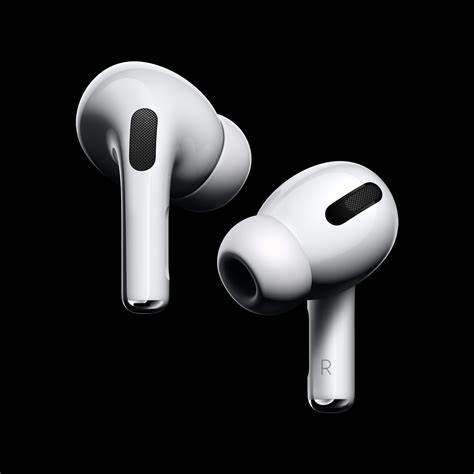In a groundbreaking move set to redefine the wearables market, Apple Inc. is reportedly developing a new version of its popular AirPods with integrated camera technology, scheduled for release in 2026. This development, first revealed by Bloomberg’s Mark Gurman, signals Apple’s intention to merge wearable audio with spatial computing capabilities, potentially laying the groundwork for next-generation augmented reality (AR) experiences.
According to sources familiar with the project, the Cupertino-based tech giant is testing AirPods prototypes equipped with low-resolution infrared cameras—similar to the Face ID sensors on iPhones. These cameras are designed to capture information about the user’s surroundings, working in tandem with Vision Pro and future mixed reality headsets to deliver immersive AR content and intuitive environmental awareness.
The concept behind camera-equipped AirPods aligns closely with Apple’s broader ambition to develop a comprehensive spatial computing ecosystem. These advanced AirPods are expected to analyze ambient light and objects in the user’s field of vision, enabling real-time feedback and contextual interactions. For instance, when paired with Apple Vision Pro, the AirPods could determine what a user is looking at and respond with corresponding audio or haptic cues, effectively enhancing the AR experience.
Despite this revolutionary development, reports indicate that no major hardware upgrades to AirPods are expected until at least 2026. This gap suggests Apple is dedicating substantial resources to the research and development of this next-generation model, prioritizing precision and integration over frequent iterations. This strategic pause contrasts with the typical annual refresh cycle seen in other Apple product lines, underscoring the technical complexity and transformative potential of the upcoming AirPods.
Currently, AirPods hold a dominant position in the global wireless earbuds market, valued at over $15 billion annually. Apple’s willingness to delay major updates in favor of a more ambitious feature set may reflect confidence in both its market share and consumer loyalty. Analysts predict that this calculated leap into camera-enabled wearables could open doors to new applications in fitness tracking, gaming, spatial audio, and personal safety.
Moreover, the integration of infrared sensors positions the AirPods as more than just audio accessories—they could become a pivotal input and sensory device in Apple’s expanding AR hardware suite. The company’s Vision Pro headset, expected to see broader adoption in the coming years, will likely serve as a foundational platform for these AirPods, helping Apple stay ahead of competitors like Meta and Samsung in the race toward mainstream AR adoption.
While Apple has not officially confirmed the existence or release timeline of camera-enabled AirPods, industry insiders suggest that development is already well underway. As Apple continues to blend audio, vision, and machine learning, consumers and developers alike are bracing for what could be the most innovative evolution of AirPods since their debut in 2016.
📌 In Conclusion:
Apple’s rumored camera-equipped AirPods could redefine how users interact with their environment, marking a significant step toward ubiquitous augmented reality. With no major AirPods updates expected until 2026, all eyes are now on Apple’s ability to execute this ambitious leap, blending design, privacy, and advanced sensor technology into one compact, wearable package.



